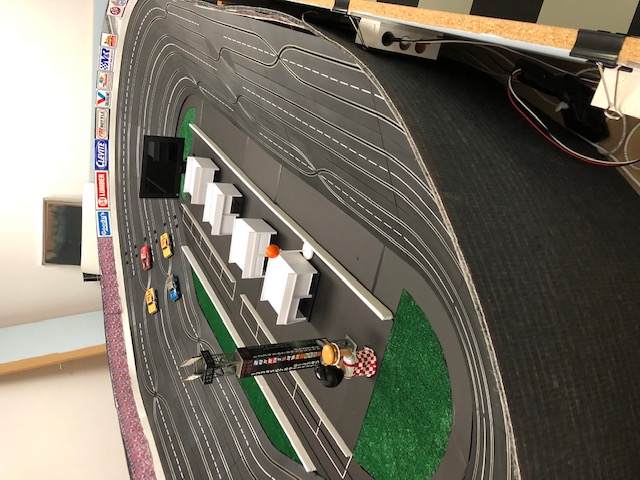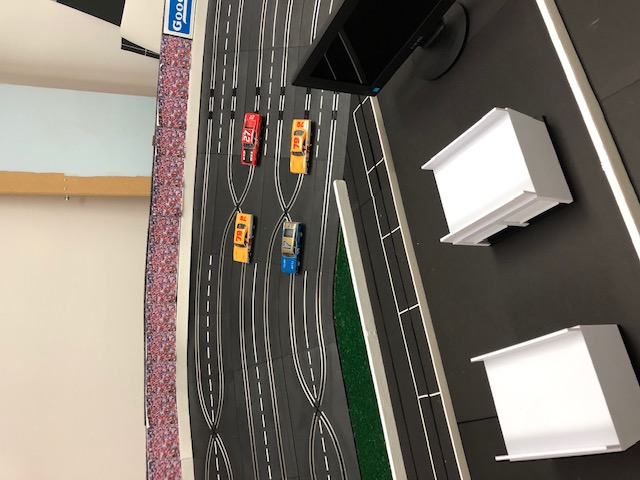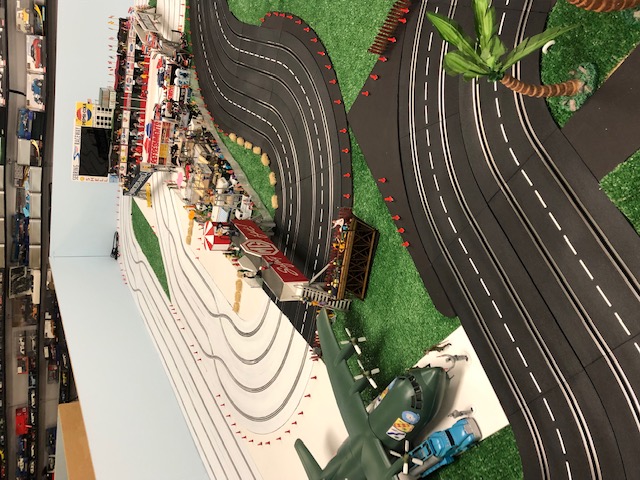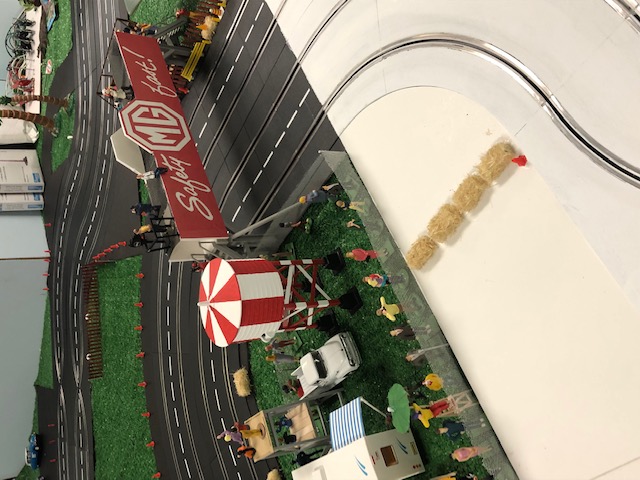-
As opposed to vacuum-formed versions? If you are referring to that, I used to run Lexan-bodied, metal chassied cars on commercial tracks for many years. However, my main interest in slot cars is the general scale realism, versus the ability to extract the last bit of speed, and make them blurs around the track. My tracks are relatively small (50-75 feet) in length (although 4-6 lanes wide), and have a lot of detailed scenery around the layout that would be vulnerable to high-speed cars. A cheap 1/32 plastic chassied and wheeled slot car with a hard plastic body (hard plastic injected molded or resin bodied) and wheels, and generally stock tires can be quite a handle to drive and get grip, which auto-modulates the speed down the cars and both protects the layout scenery and lets the cars look more scale-realistic when running and more enjoyable for those who want to recreate the "golden age" of racing, and more fun for spectators too. The speeds attained are more than enough for old geezers like me, and hard bodies, which can show a lot more car detail than vacuumed formed, are more than durable enough to handle our guardrails and low speed hits, and are more than a challenge to drive and hold good, intense races. I also enjoy fixing up and racing a body on a chassis with great care and attention to making it pretty authentic in its look, and using the craftsmanship of a new bodymaker friend from around the world, and getting around the track dicign with and leaning against similar cars lovingly put together by my friends. That's why!






Tags for this Thread
 Posting Permissions
Posting Permissions
- You may not post new threads
- You may not post replies
- You may not post attachments
- You may not edit your posts
-
Forum Rules






 Reply With Quote
Reply With Quote
